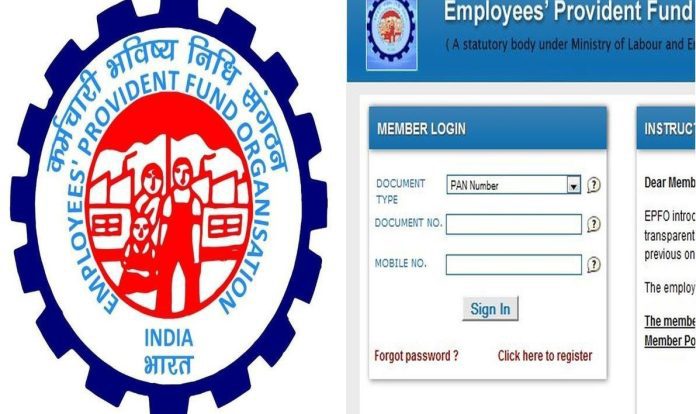Epf Claim Rejection Reason: Many times claims are rejected. There are many reasons behind this like bank details not being updated, signature not being clear or incomplete information in KYC.
Employees’ Provident Fund (EPF) is a pension scheme run by the Government of India. EPFO members get a fixed amount deposited every month in their Employees’ Pension Fund (EPF) account. It can be removed anytime if needed by following the rules. But many times it is seen that at the time of need, a claim is made to EPFO and due to some reason the claim is rejected by EPFO. There can be many reasons for rejection of your EPF claim. Let us know, due to which reasons your claim may be rejected and how to avoid it?
Reasons for online EPF claim rejection
1. Incorrect or incomplete KYC
One of the main reasons for rejection of your EPF claim is submitting wrong KYC documents. If your KYC details are incomplete and not valid, EPFO may reject your withdrawal claim. Therefore, always complete all KYC related formalities before making a claim.
2. Not linking UAN to Aadhaar
If your Aadhaar is not linked to UAN then your claim will be rejected by EPFO. In such a situation, you should link your UAN with Aadhaar.
3. Not following withdrawal rules
To claim the total amount on pension, you must maintain employment for at least 6 months. It is mandatory that before the completion of 6 months, you apply using Form 19, but not Form 10C. Note that Form 19 is for final settlement (for leaving, retirement or termination of service), Form 10C is for pension withdrawal, and Form 31 is for partial withdrawal.
4. Mismatched information
If the information given while making the claim does not match the details registered in the EPF database, then the claim can also be rejected. It is important to cross-check and ensure that your personal details, such as name, date of birth and EPF account number, match with your EPF account.
When can EPF money be withdrawn?
The amount deposited in EPF account can be withdrawn partially or completely. PF funds can be withdrawn when the employee retires or remains unemployed for more than 2 months continuously. At the same time, some part of the amount can be withdrawn in circumstances like medical emergency, marriage, home loan payment etc.


